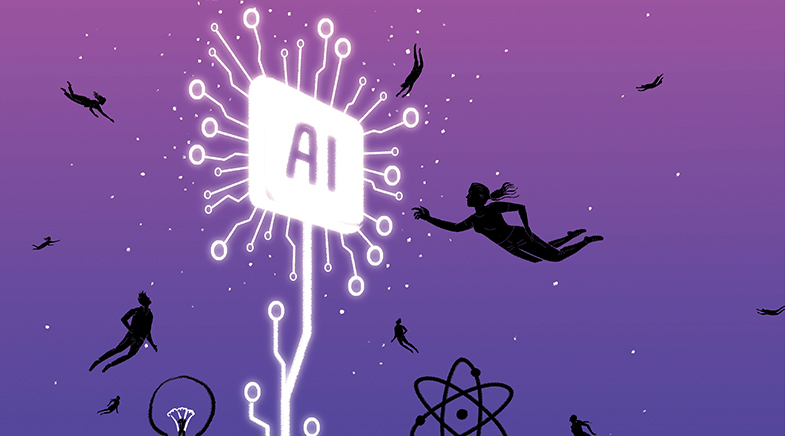Learning social skills from mice
-
- from Shaastra :: vol 03 issue 01 :: Jan - Feb 2024

Study in mice shows how social fear can be artificially overcome.
Socialising requires humans to understand and respond to social cues. But autistic individuals often struggle with this.
Within the autism spectrum is a rare disorder called the Prader-Willi Syndrome (PWS). PWS patients start experiencing difficulties early on – babies can’t suckle milk – and as adults, they end up overeating and have social anxiety.
A group of researchers led by Freddy Jeanneteau at the Institute of Functional Genomics, University of Montpellier, France, delved into the fundamental mechanism of social fear in PWS. “We wanted to address the puzzle of what changes in the brain in socialising,” says Prabahan Chakraborty, a post-doctoral researcher and co-first author of the study published in Biological Psychiatry (bit.ly/PWS-mice).
In mice, the Magel2 gene regulates neuronal growth, signal transfer and muscle function. Jeanneteau’s team conducted research on two kinds of mice: one lacking the Magel2 gene or ‘knockout’ mice and the other, genetically intact mice.
The mice were first trained to fear a stranger mouse. While the genetically intact mice, the researchers found, lost the fear over time, the knockout mice did not. The knockout mice were more aggressive as well.
Social behaviour requires the release of chemicals such as oxytocin and vasopressin in the brain. The team discovered that in the non-autistic mice, these chemical signals go from one point of the brain to another – from a specific region in the hypothalamus to a part of the mid-brain. But their release along the same route was impaired in the knockout mice.
Optogenetics functions as a switch, capable of both activating and deactivating neural activity.
The team also found that somatostatin neurons were present at the destination of this signalling route. These neurons had fewer oxytocin receptors in knockout mice; the neurons were also over-activated.
Using a light-based technology called ‘optogenetics’, researchers discovered two contrasting methods – stimulating oxytocin release and shutting down the somatostatin brain cells – for the knockout mice to overcome their social fear artificially. The team implanted channelrhodopsin and halorhodopsin, proteins derived from microorganisms, into the brains of mice. These proteins respond to light, with blue light activating neurons and yellow light putting them on pause.
Optogenetics functions as a switch, capable of both activating and deactivating neural activity. “We are keen to see how much of these results can help us understand social impairments seen in clinical studies of autism,” says Chakraborty.
Saptarnab Naskar, a neuroscientist and post-doctoral researcher at Northwestern University in the U.S., says, “The study provides a crucial mechanistic insight into the therapeutic role of oxytocin in managing social disabilities associated with autism.”
Have a
story idea?
Tell us.
Do you have a recent research paper or an idea for a science/technology-themed article that you'd like to tell us about?
GET IN TOUCH














